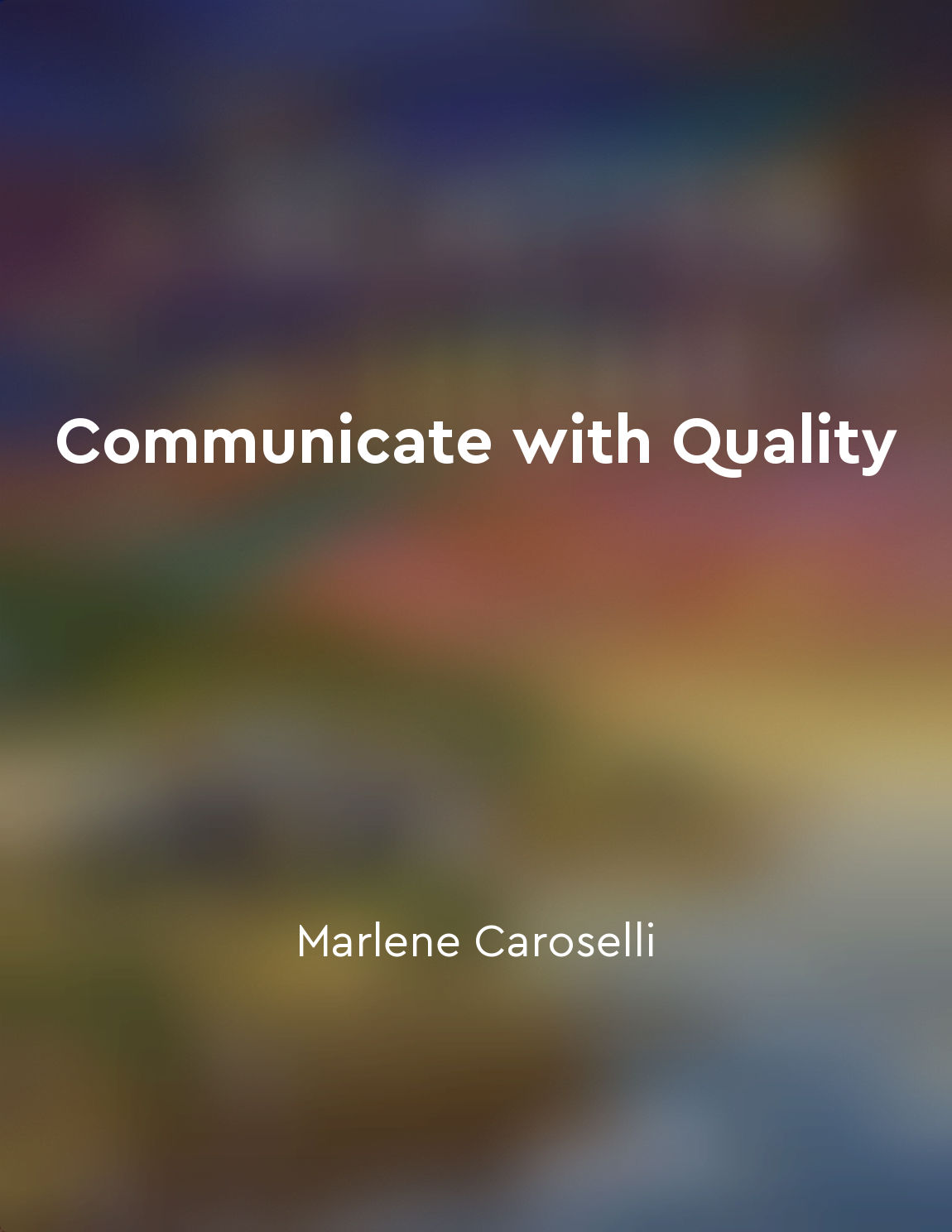Use appropriate greetings from "summary" of Effective Emails by Chris Fenning
When composing an email, the way you greet your recipient sets the tone for the entire message. It is crucial to choose an appropriate greeting based on your relationship with the recipient and the context of the email. For formal emails, it is best to use traditional greetings such as "Dear Mr./Ms. [Last Name]" or "To Whom It May Concern." These greetings show respect and professionalism, especially when contacting someone for the first time or in a professional setting. On the other hand, for more casual emails or when emailing someone you know well, you can use a less formal greeting such as "Hi [First Name]" or simply start with the recipient's name followed by a comma. This creates a friendly and approachable tone that is suitable for informal communication. It is important to consider cultural differences and norms when choosing a greeting. Some cultures place a strong emphasis on formalities and respect, while others may value a more casual and friendly approach. Researching the cultural norms of your recipient can help you choose a greeting that is appropriate and respectful. Additionally, the tone of your email should also influence your choice of greeting. If you are delivering positive news or expressing gratitude, a warm and friendly greeting can enhance the overall tone of the message. Conversely, if you are addressing a sensitive issue or delivering constructive feedback, a more formal greeting may be more appropriate to maintain professionalism and respect.- The key to using appropriate greetings in emails is to consider the relationship with your recipient, the context of the email, cultural norms, and the overall tone you wish to convey. By selecting the right greeting, you can establish a positive rapport with your recipient and set the stage for effective communication.
Similar Posts
Effective communication requires understanding your audience
To communicate effectively, it is essential to have a deep understanding of your audience. This means knowing who they are, wha...
Technology has transformed the way we communicate in organizations
Technology has unquestionably revolutionized the way communication happens within organizations. The introduction of various co...
Describing people and places
When you meet new people or visit new places, it can be helpful to be able to describe them in Spanish. Describing people invol...
Develop a positive mindset to facilitate effective communication
To effectively communicate with others, it is essential to cultivate a positive mindset. This positive mindset serves as the fo...

Ask clarifying questions to ensure mutual understanding
The concept of ensuring mutual understanding through asking clarifying questions is a vital aspect of effective communication. ...

Key idea 15: Strategies for managing test anxiety and stress
Test anxiety and stress can be overwhelming for many individuals, especially when preparing for high-stakes exams like the IELT...
Collaboration enhances communication outcomes
Collaboration plays a pivotal role in improving the effectiveness of communication outcomes. By working together towards a comm...
Cultural nuances that impact business interactions
Understanding the cultural nuances that impact business interactions is paramount for successful cross-cultural communication. ...
Be a good communicator and clearly convey your thoughts
The ability to communicate effectively is a crucial skill in both personal and professional relationships. It is important to b...
Effective leaders prioritize communication skills
Effective leaders understand that communication is the key to success in the workplace. They recognize the importance of being ...


